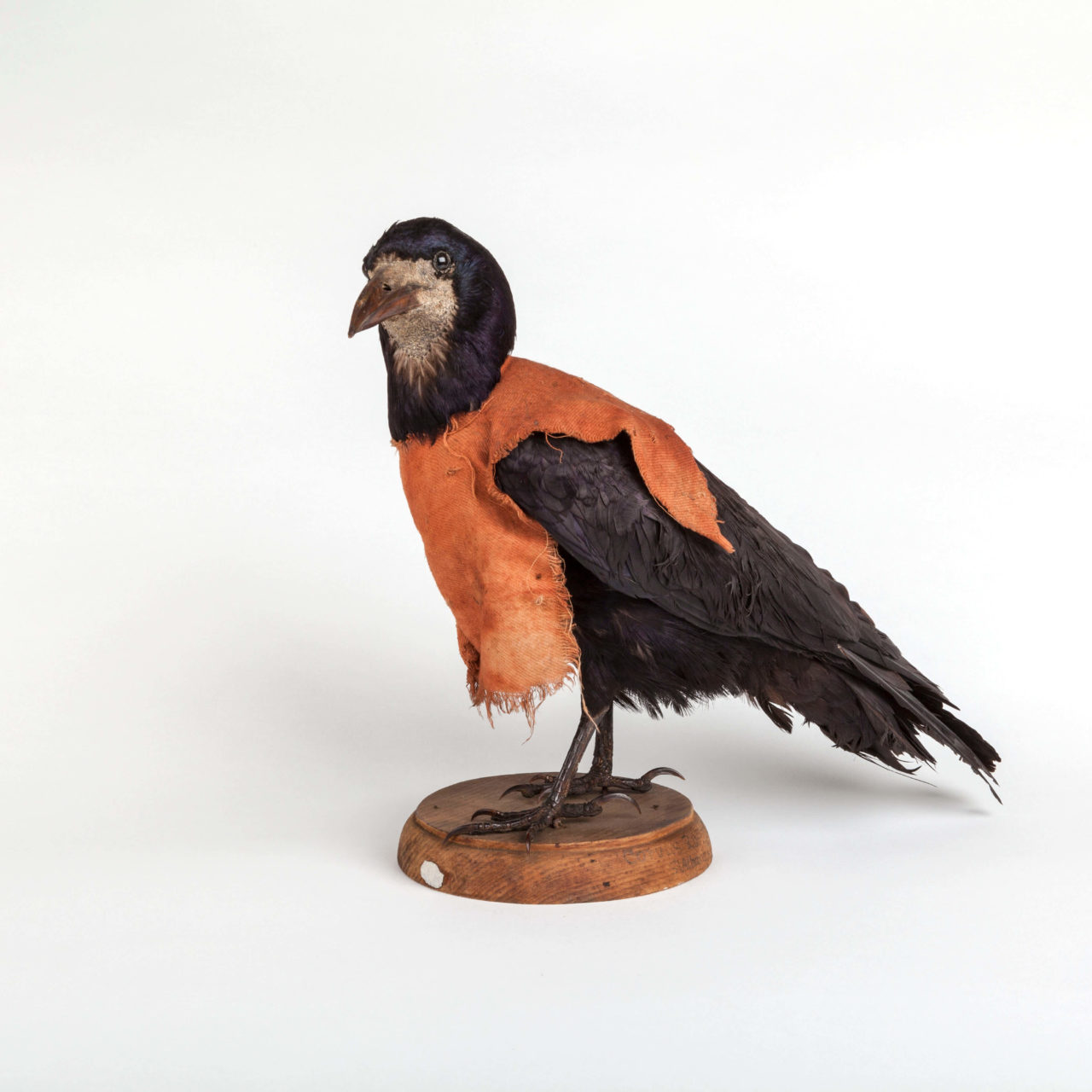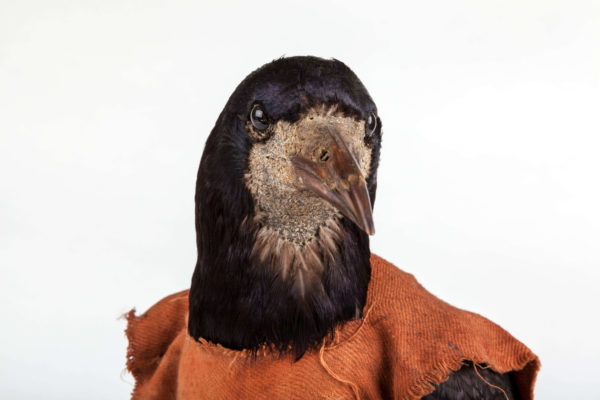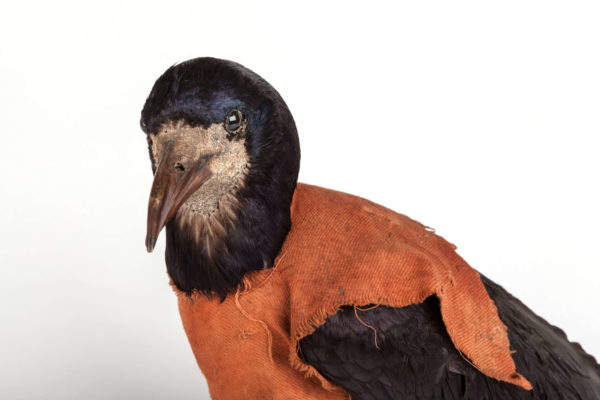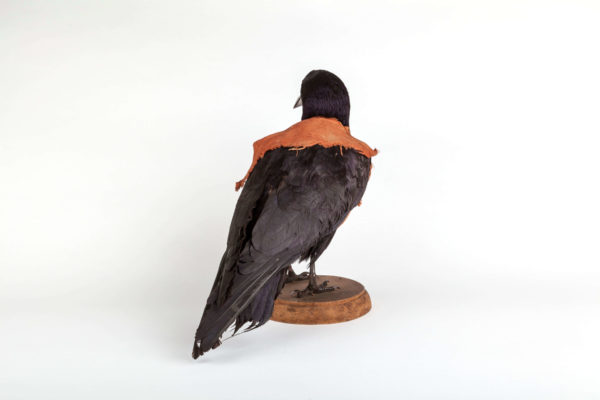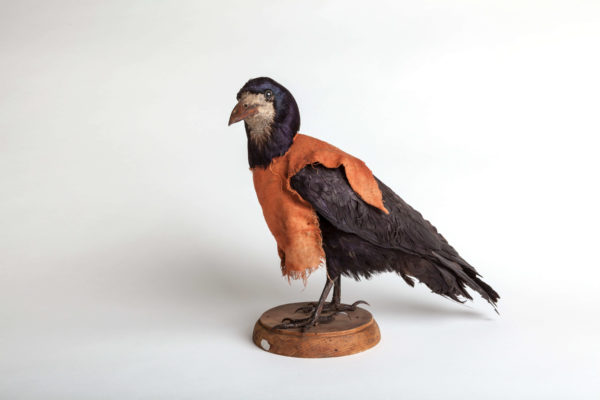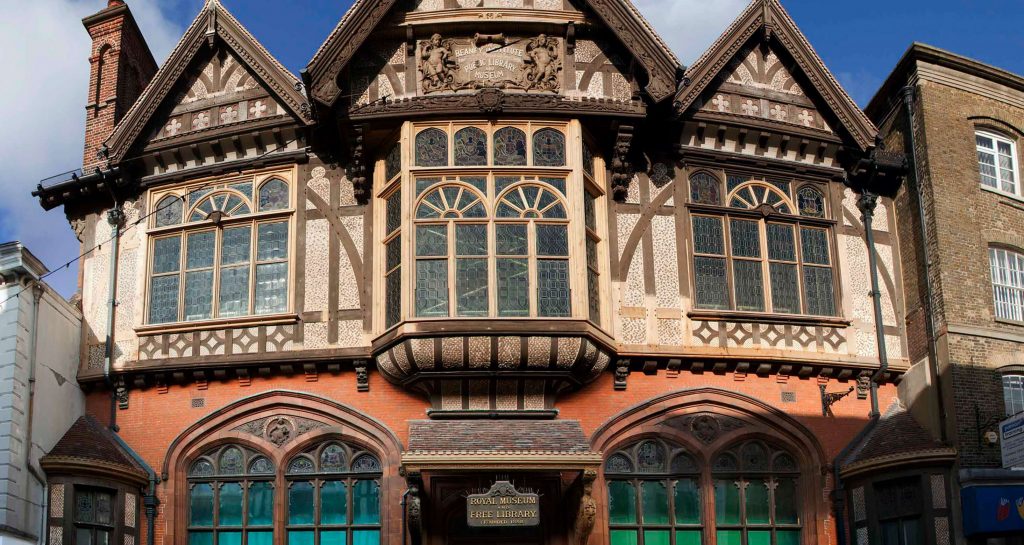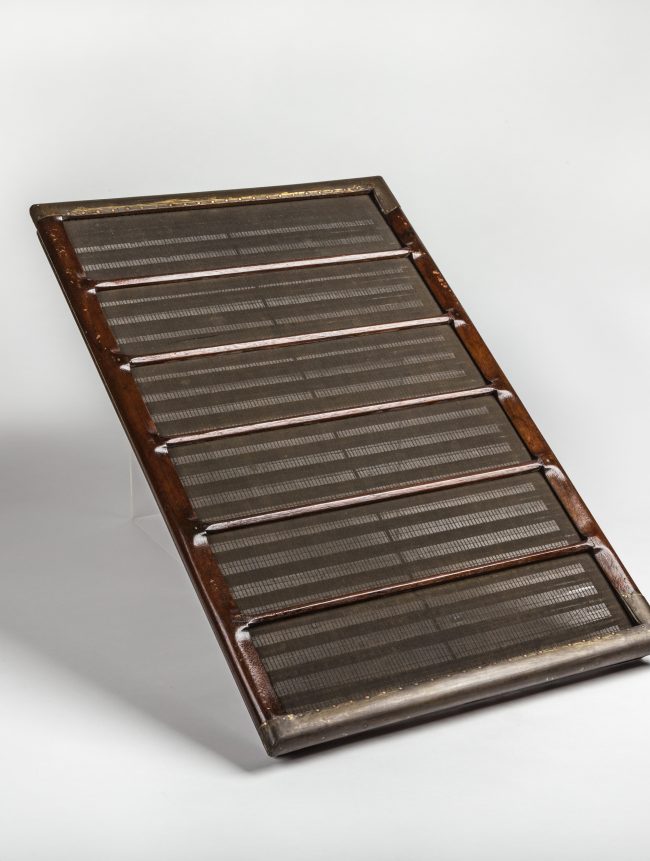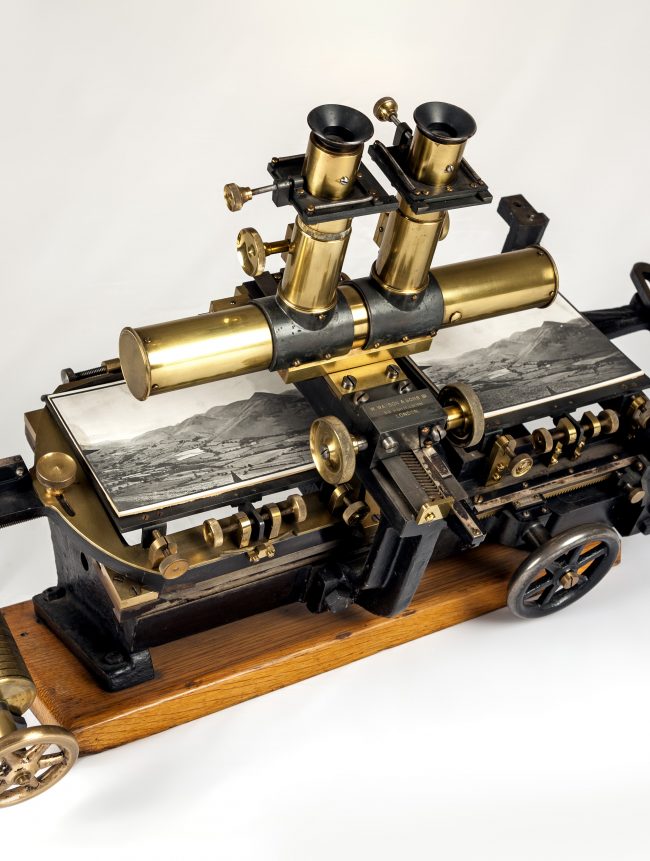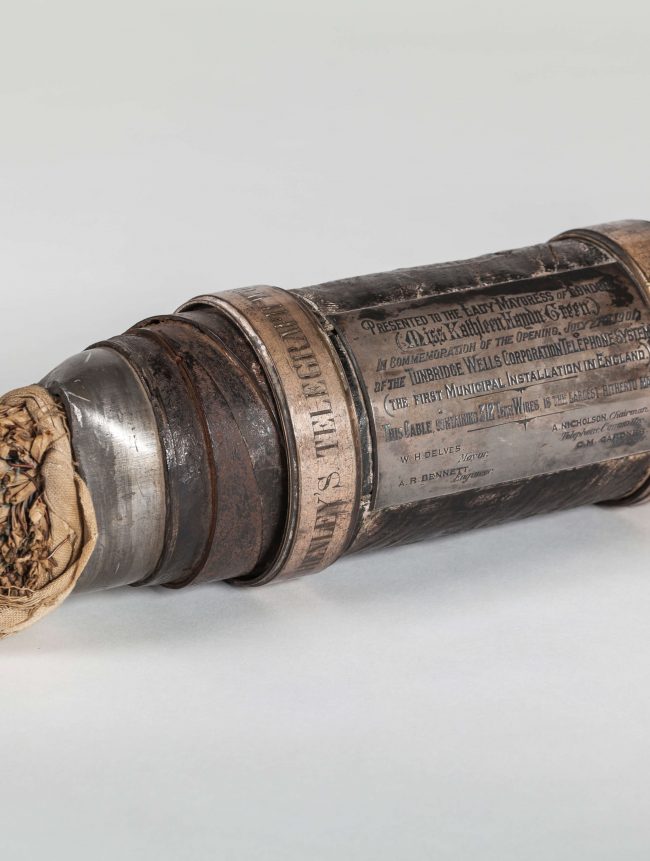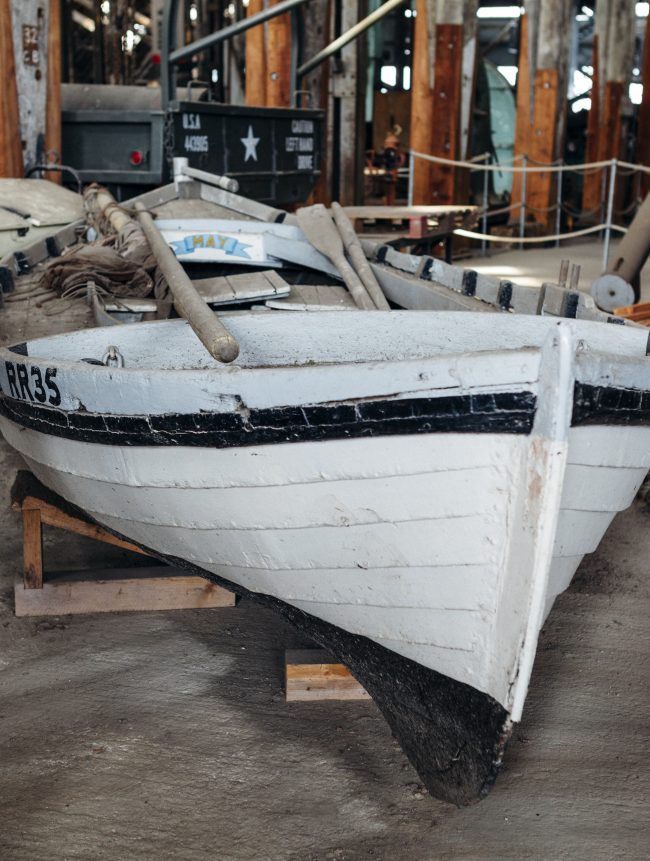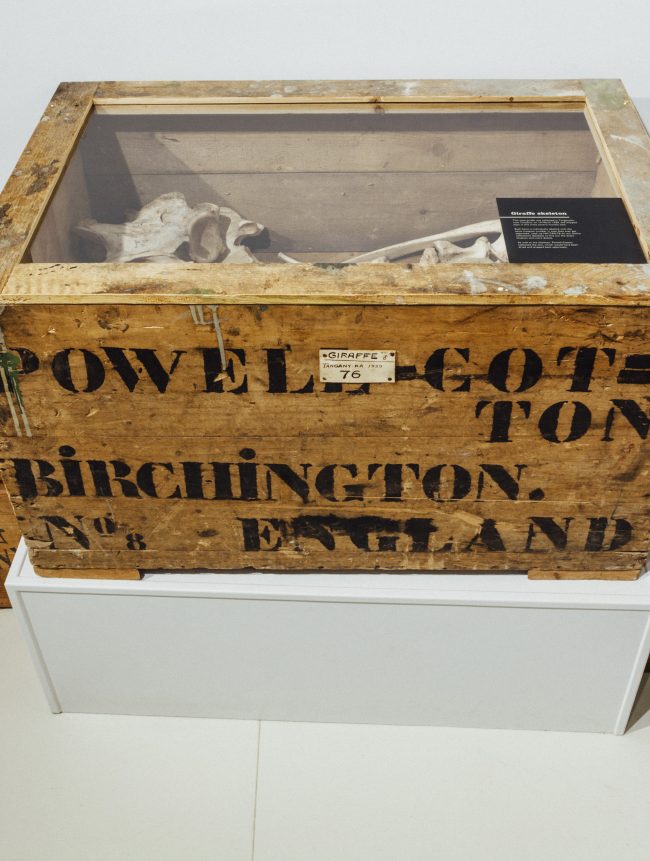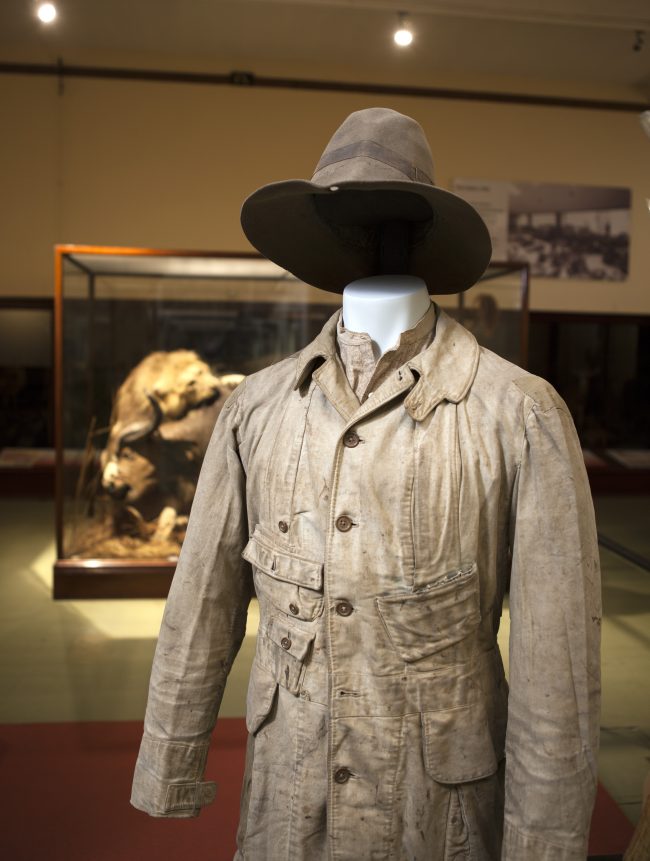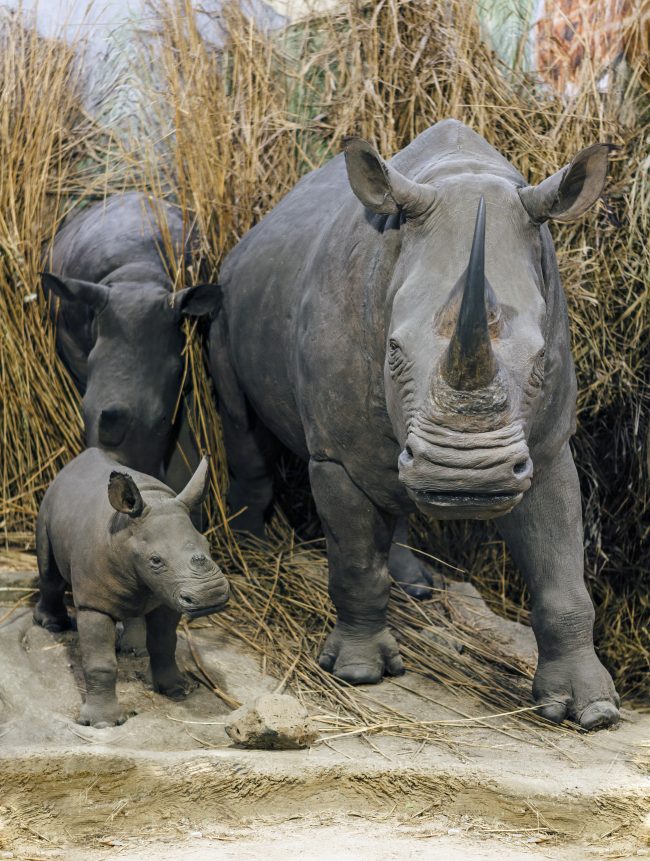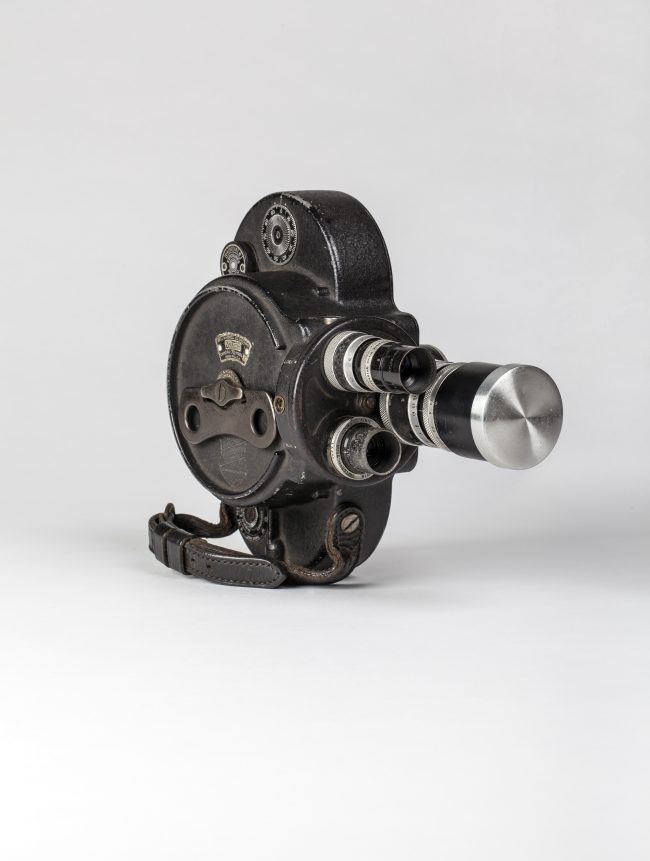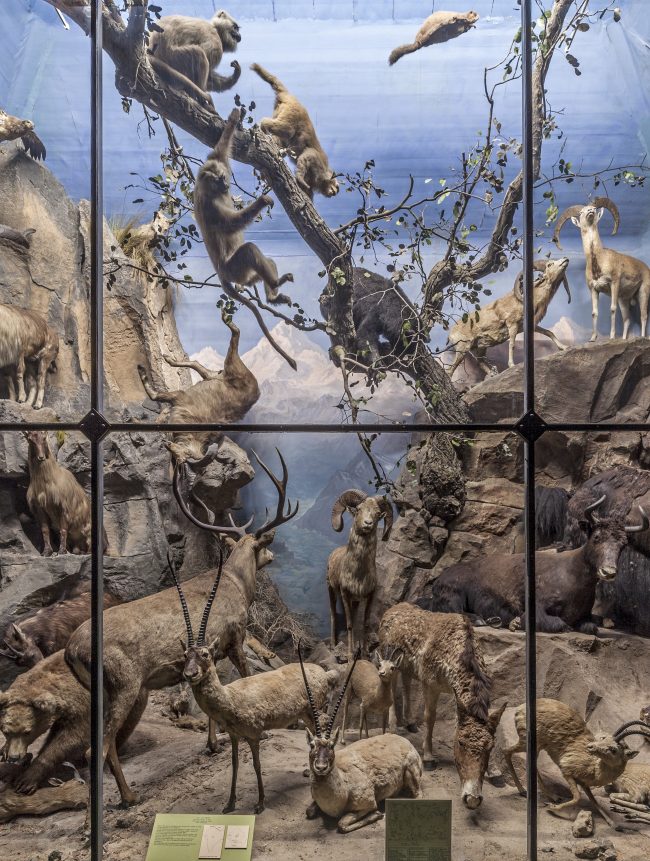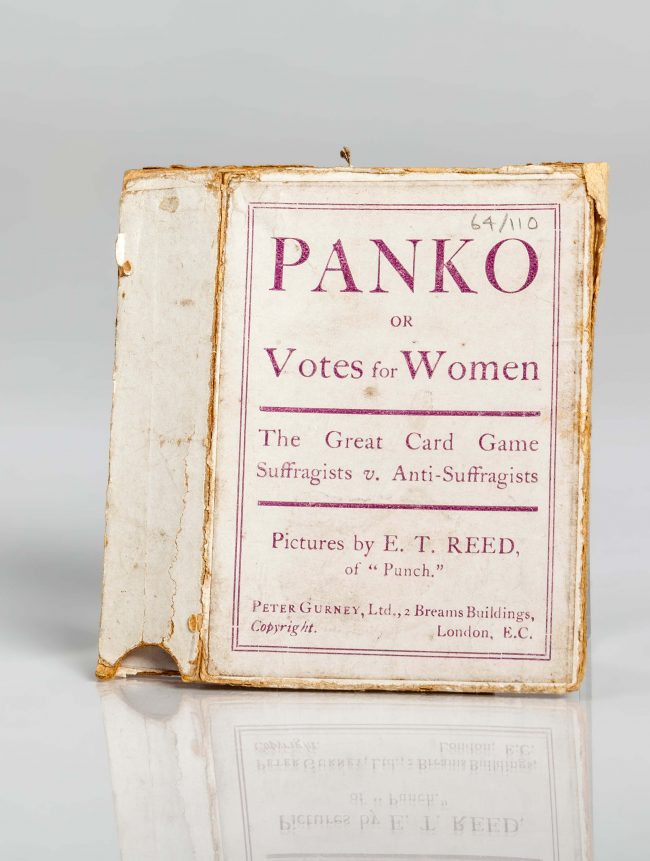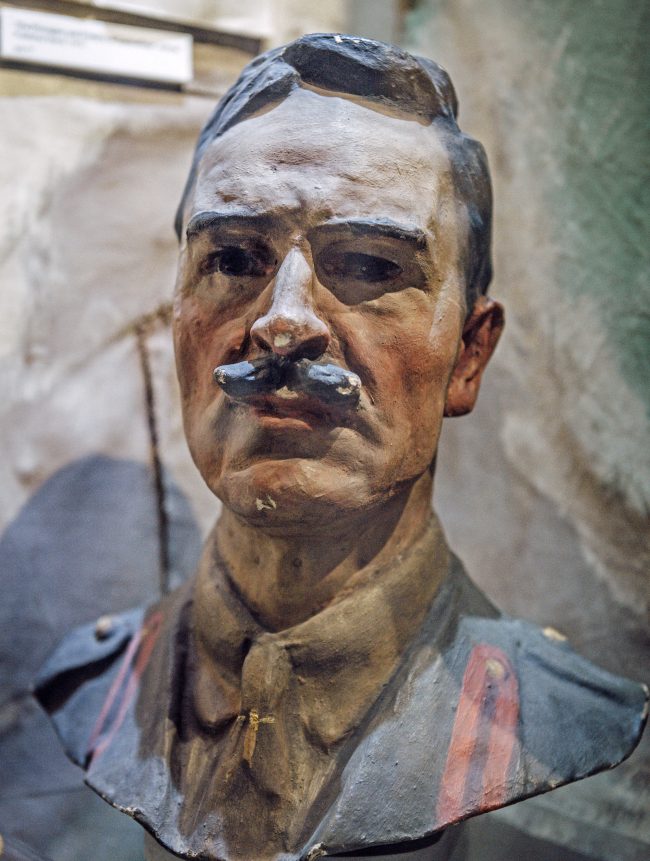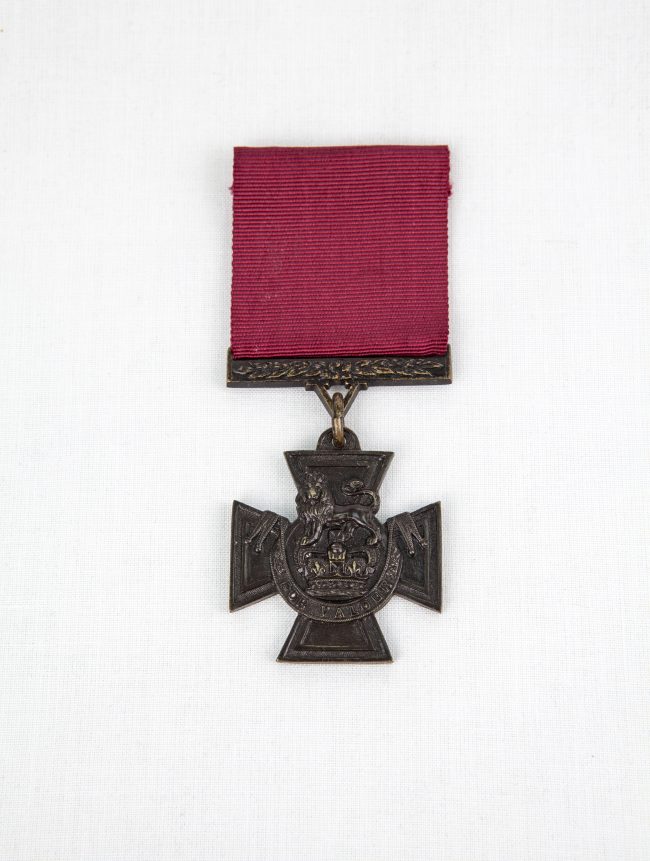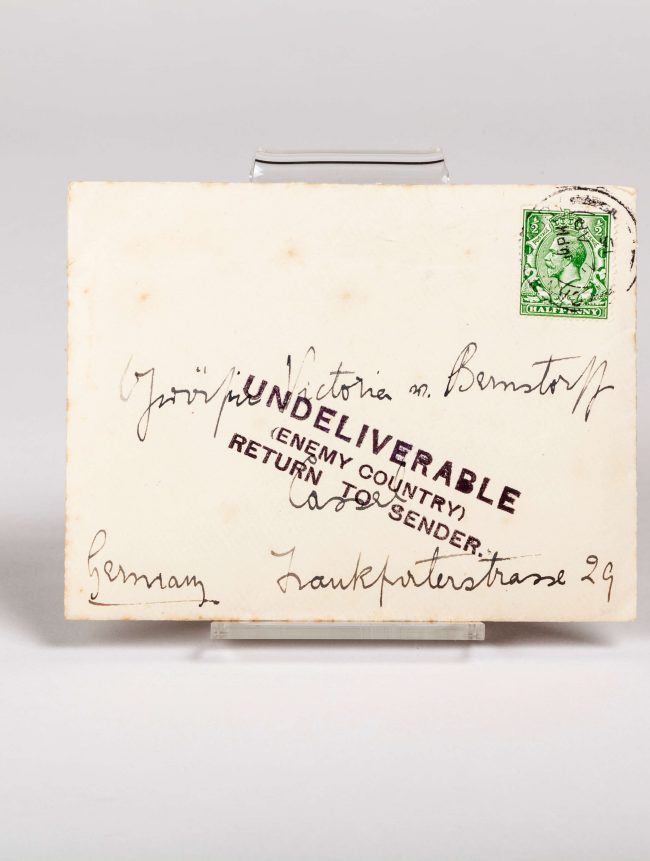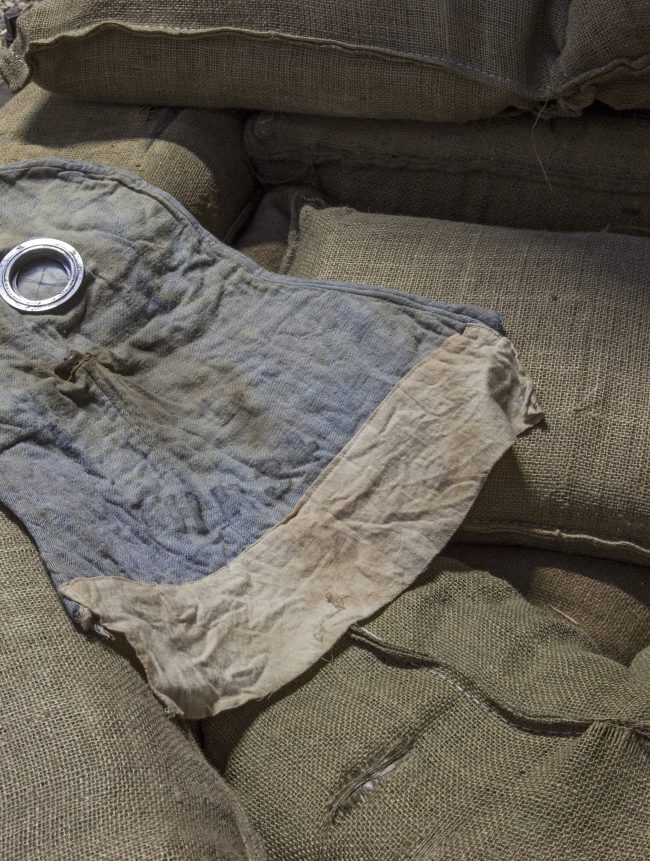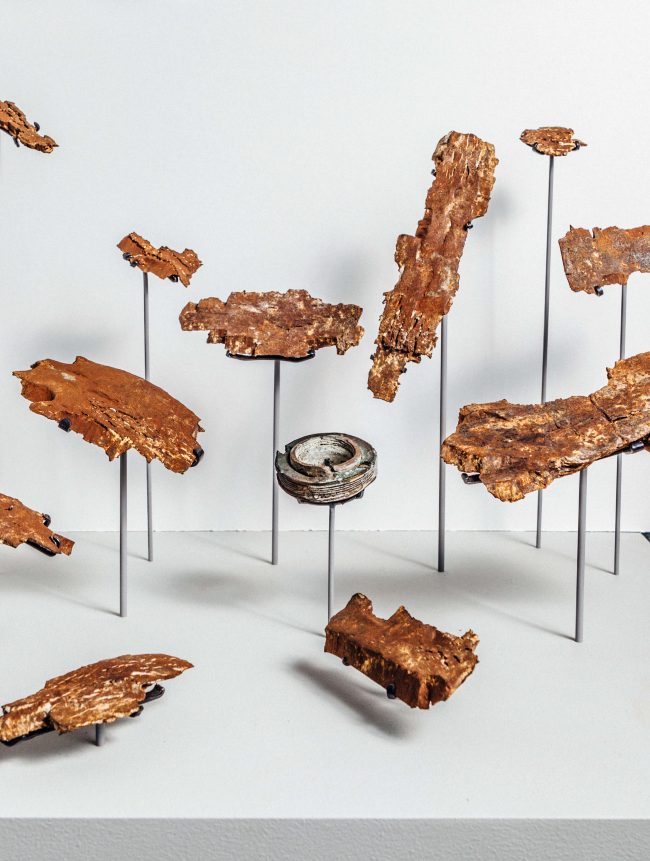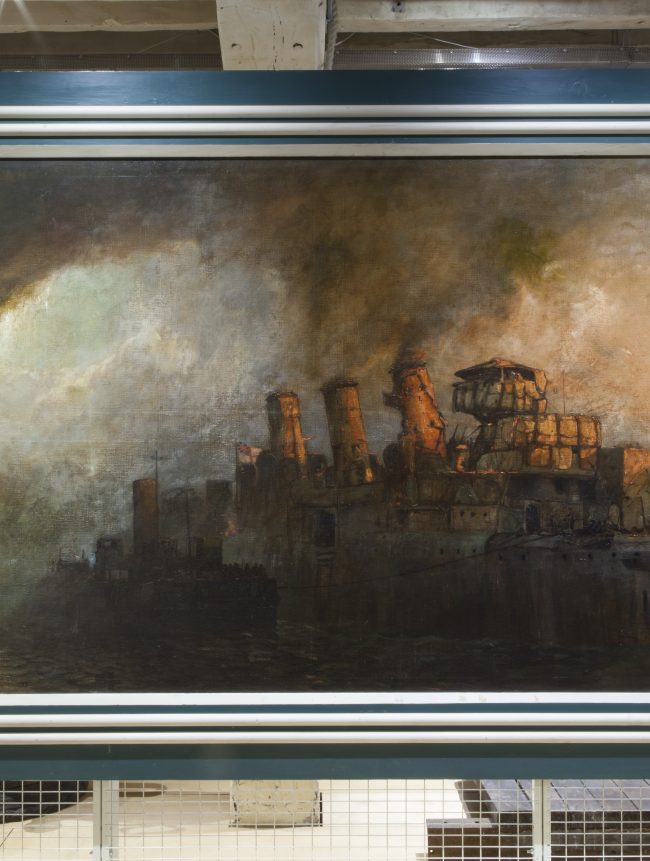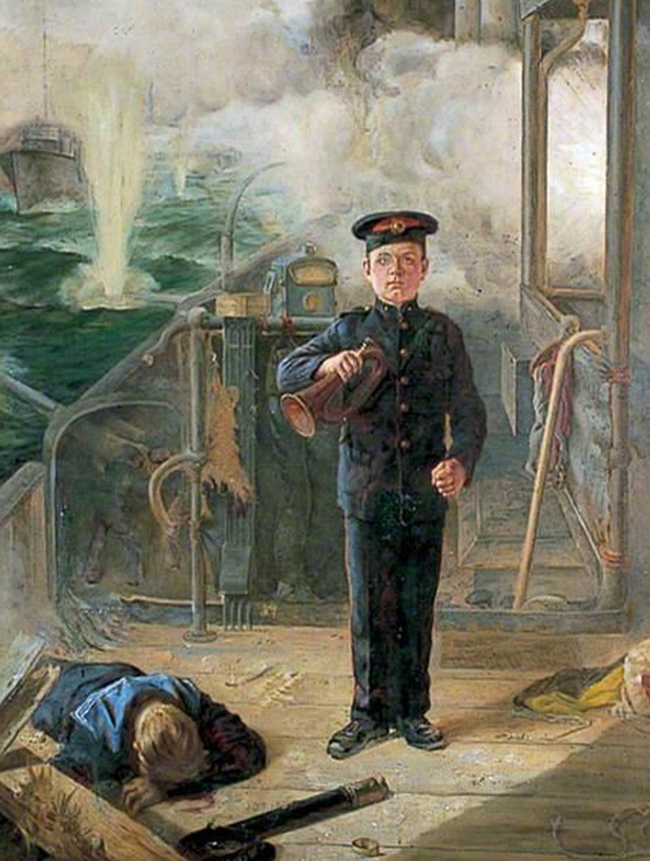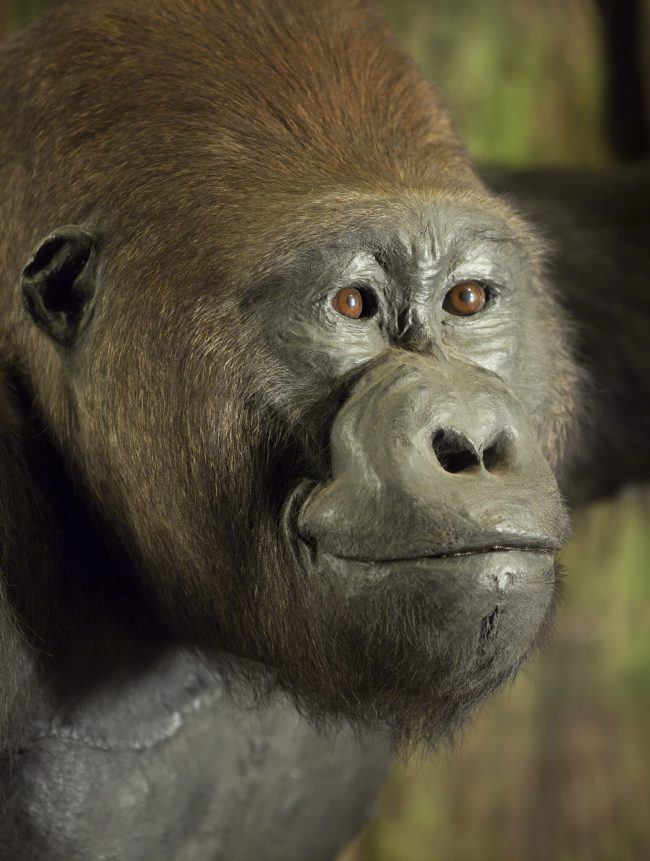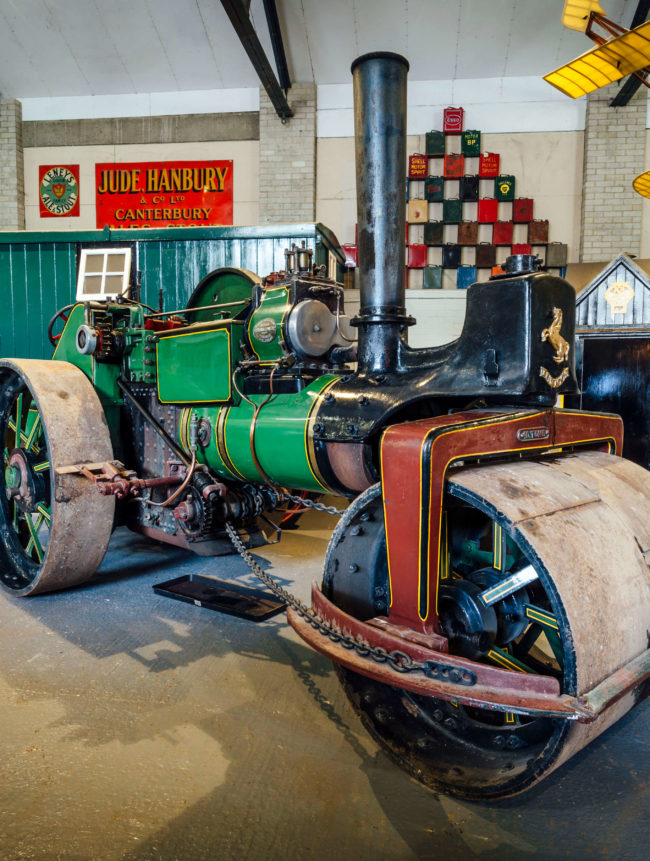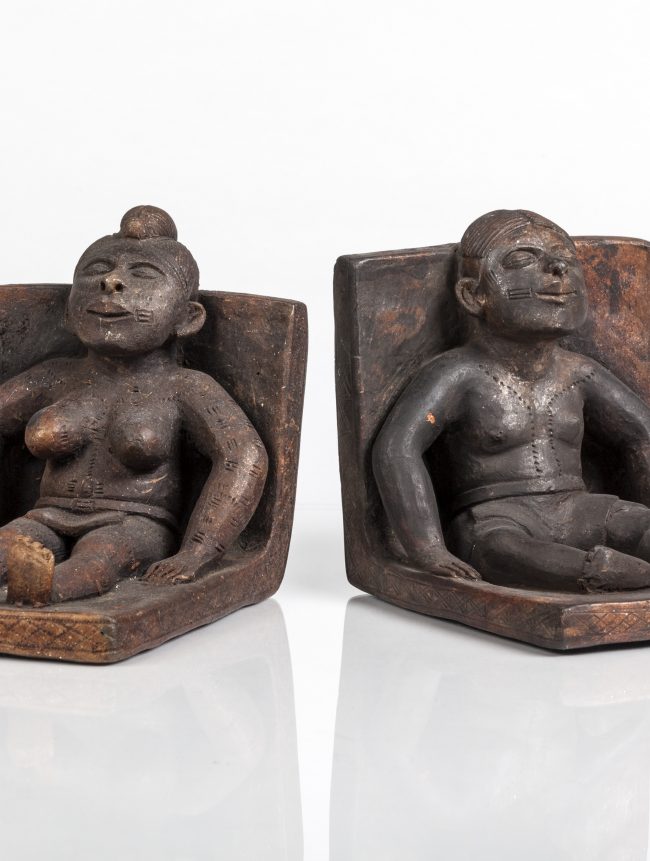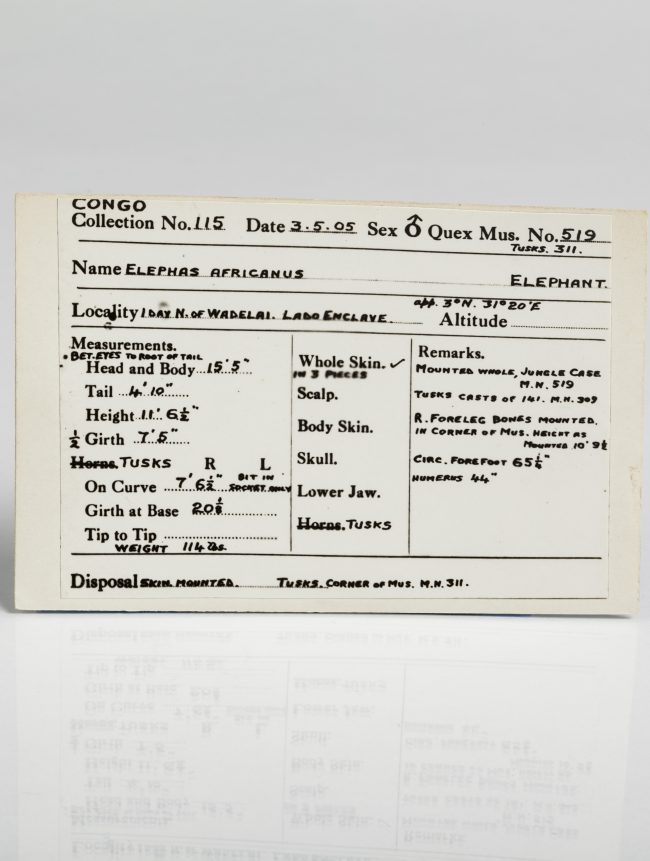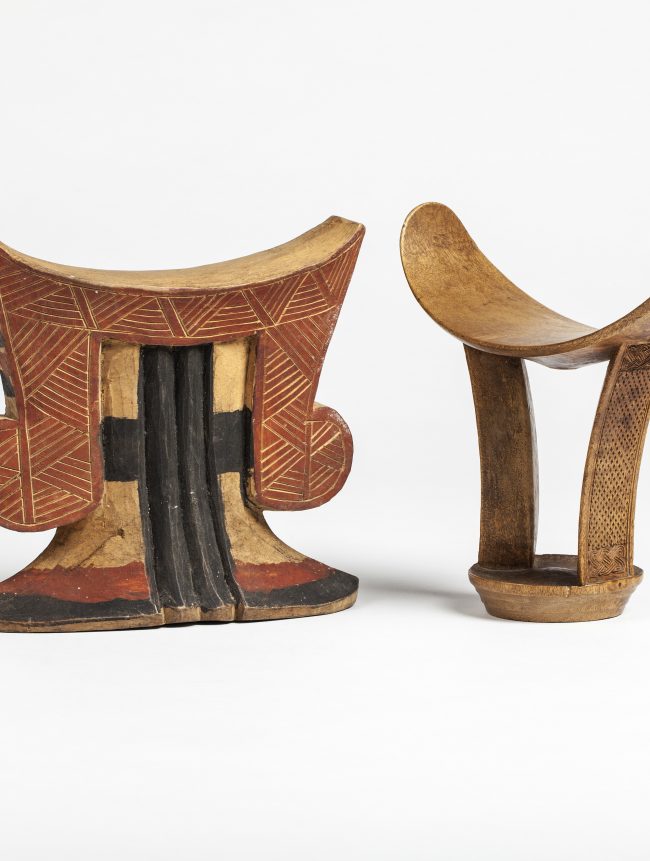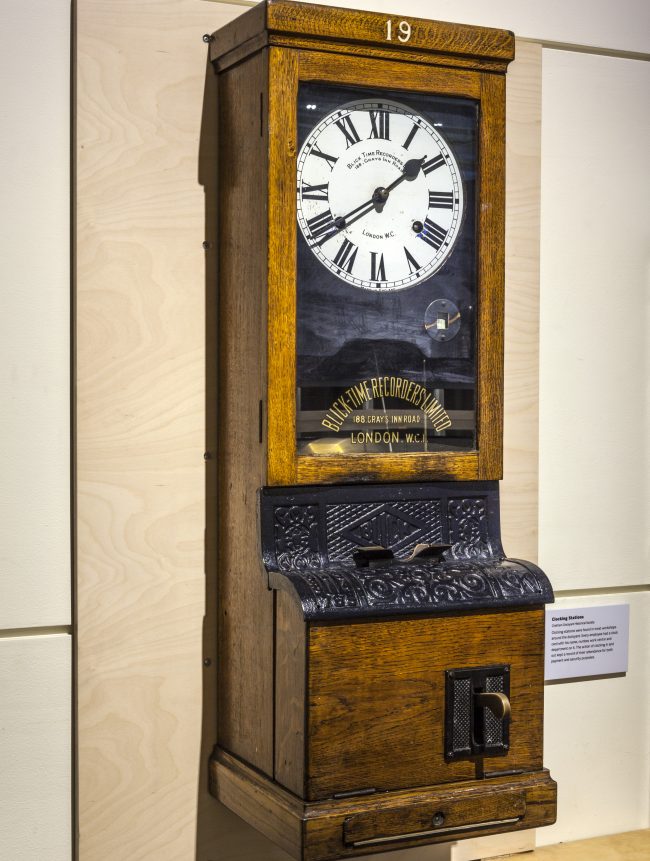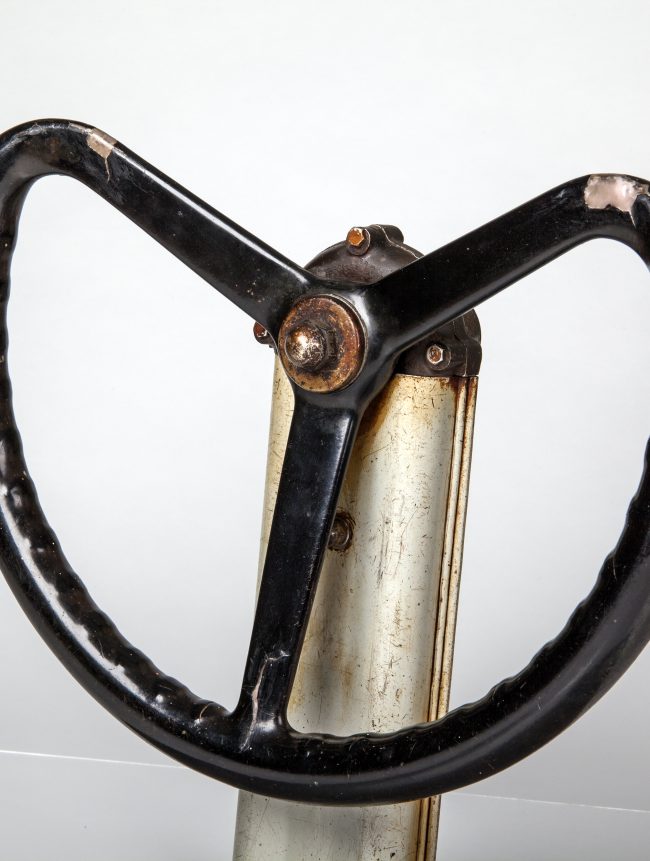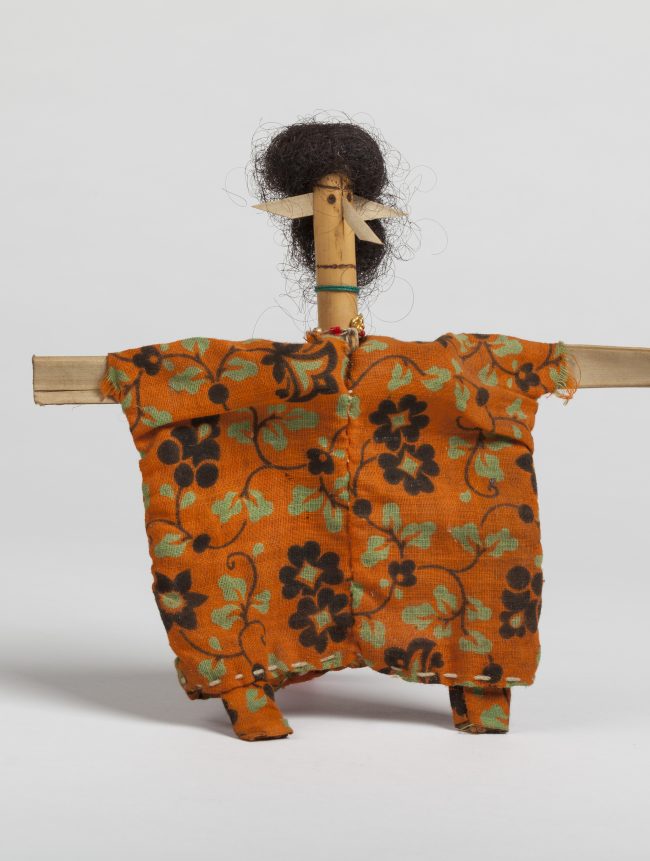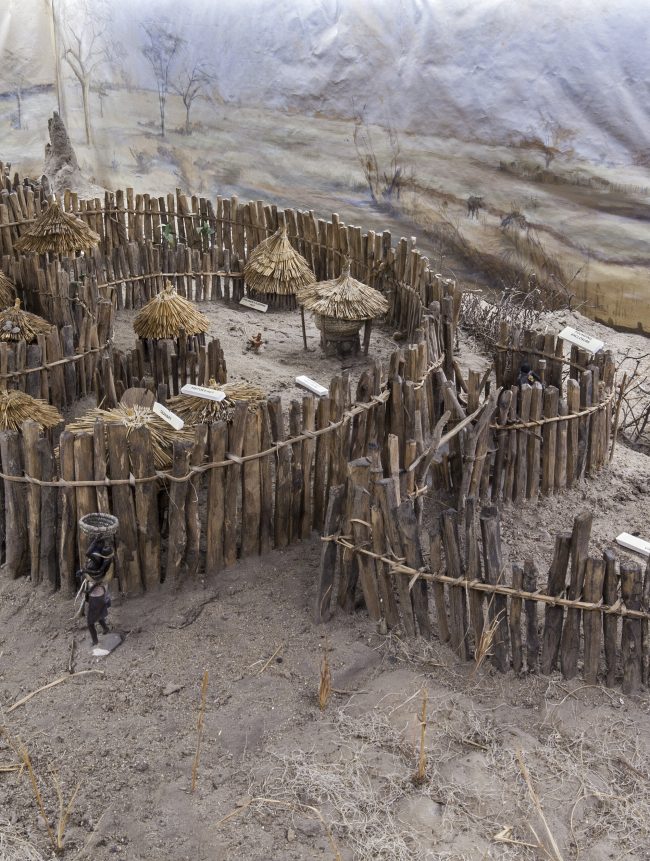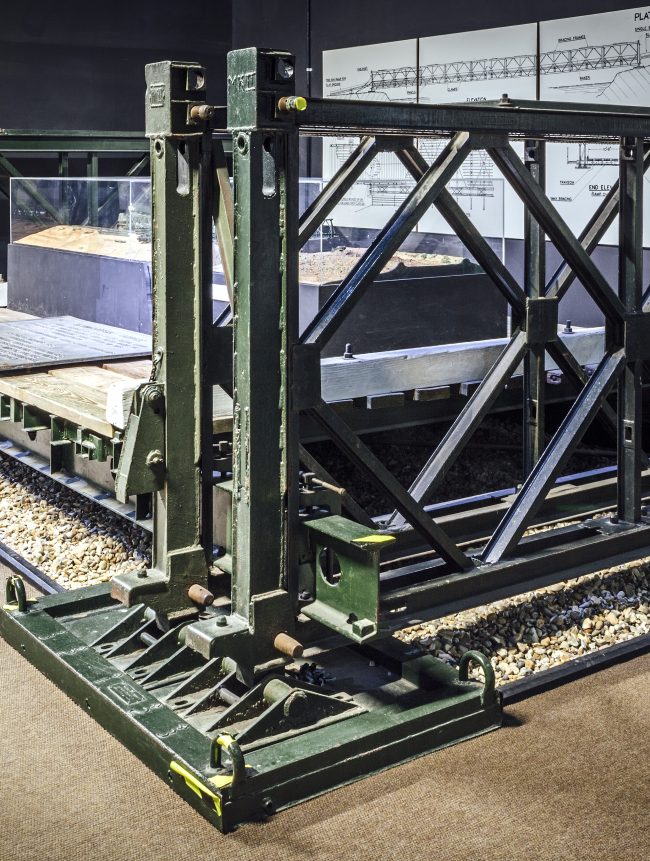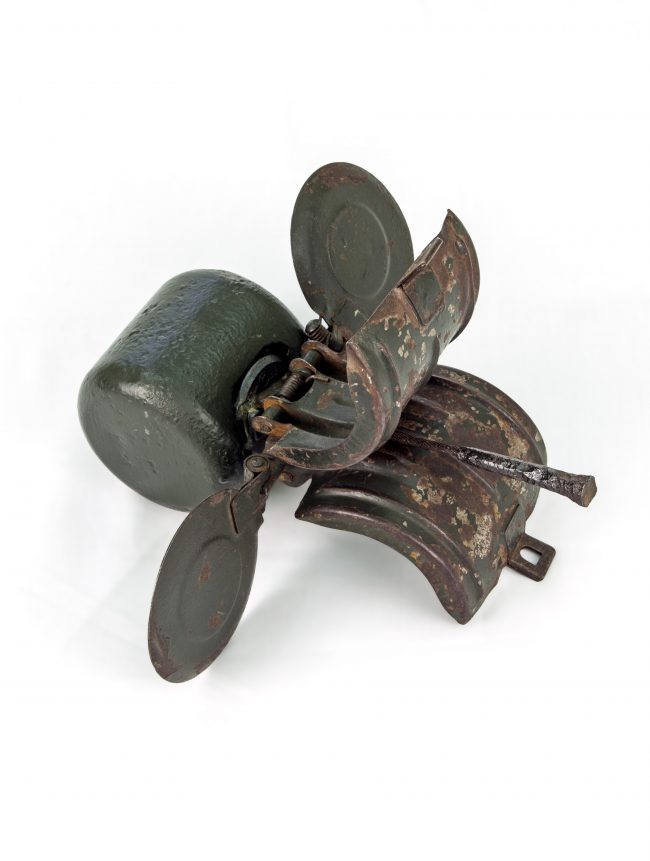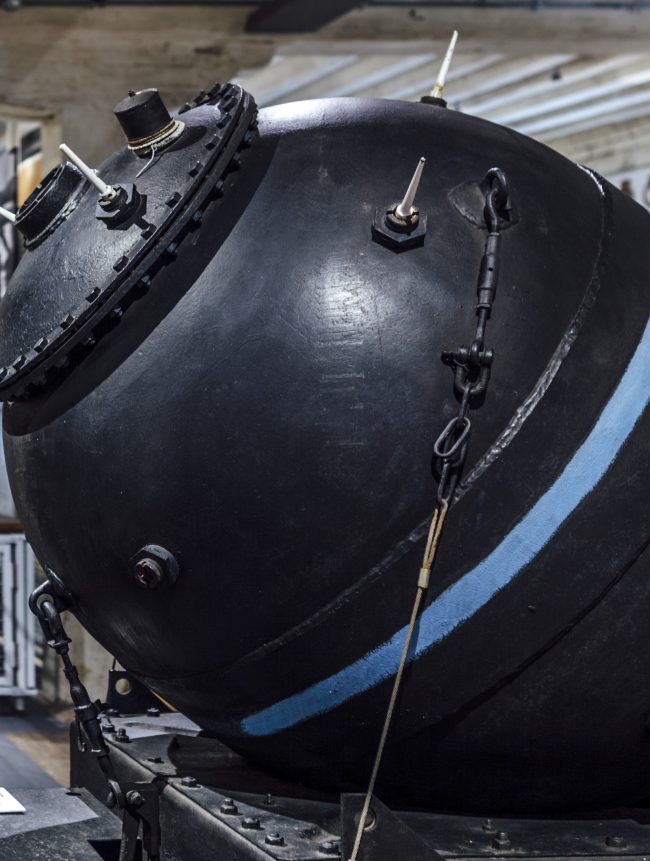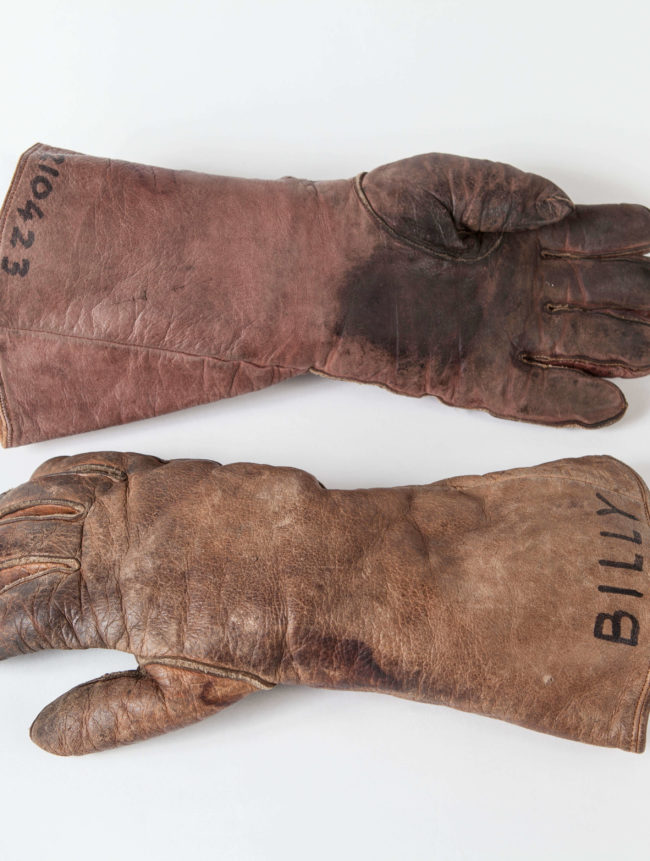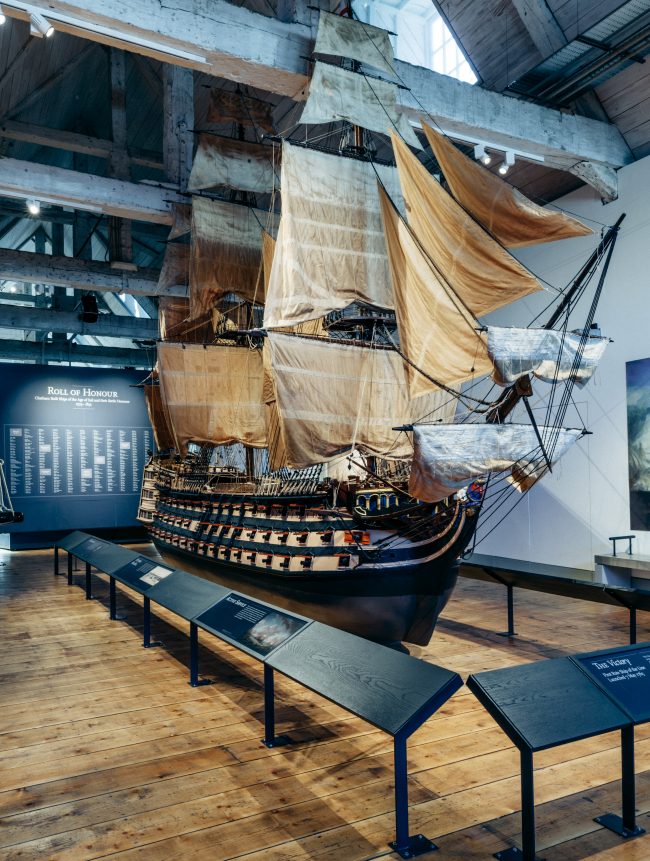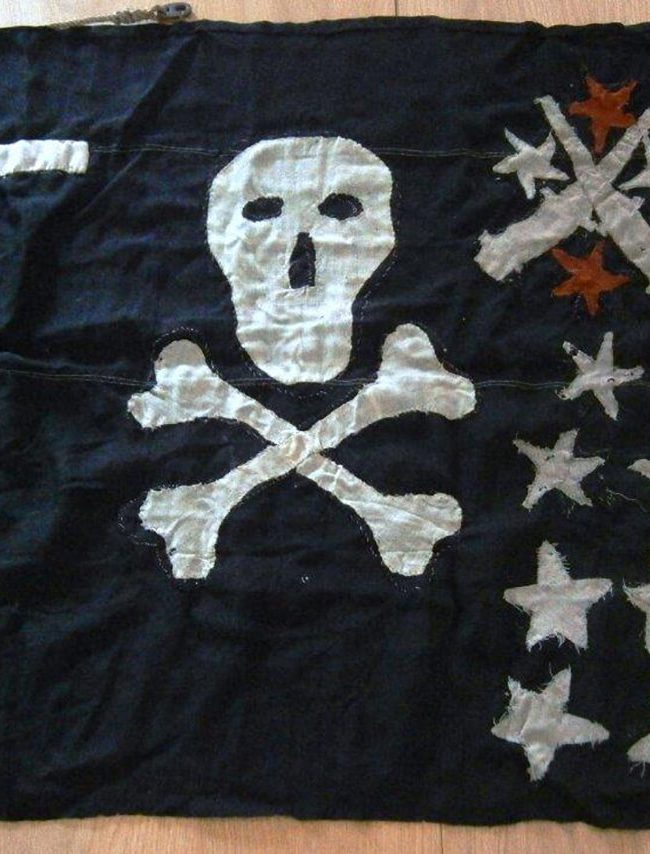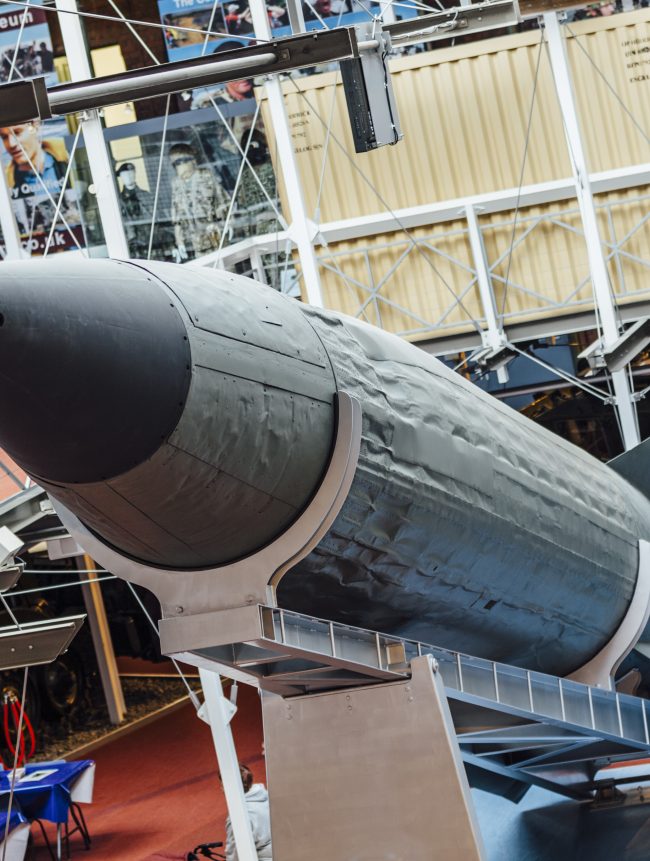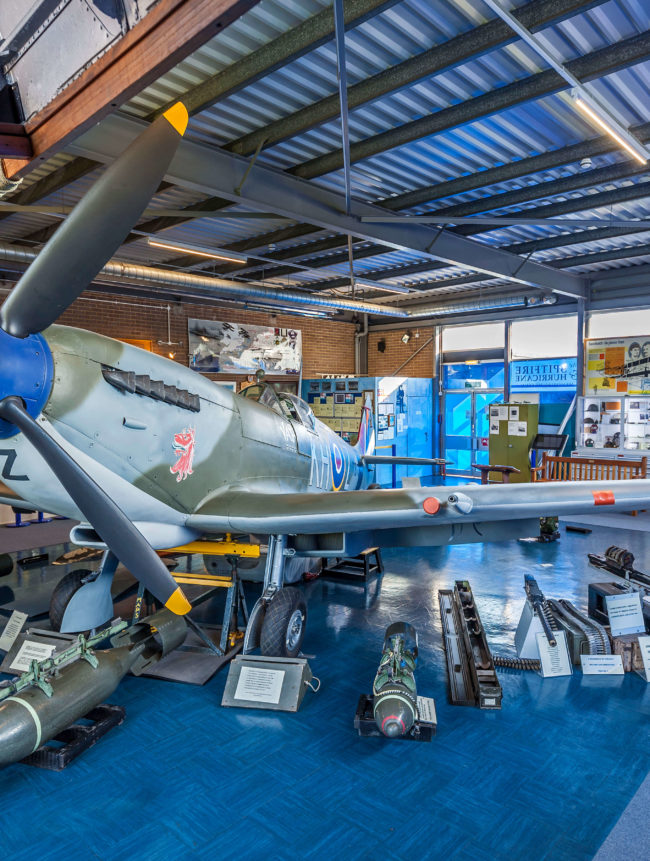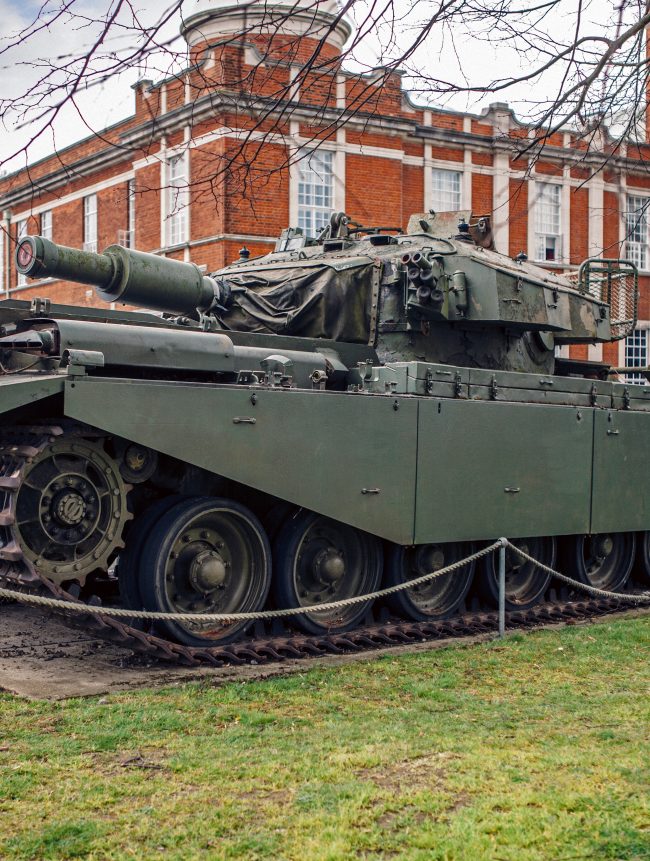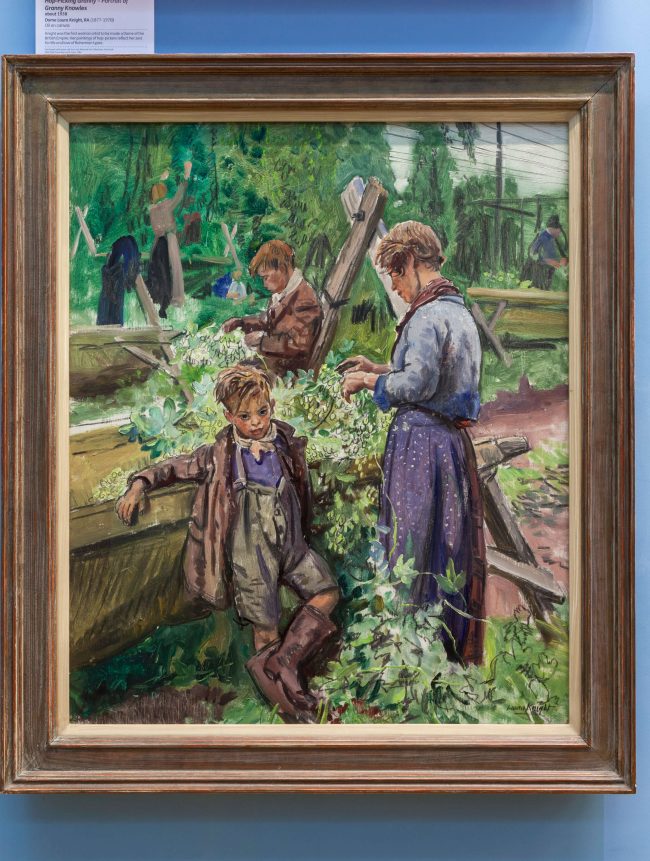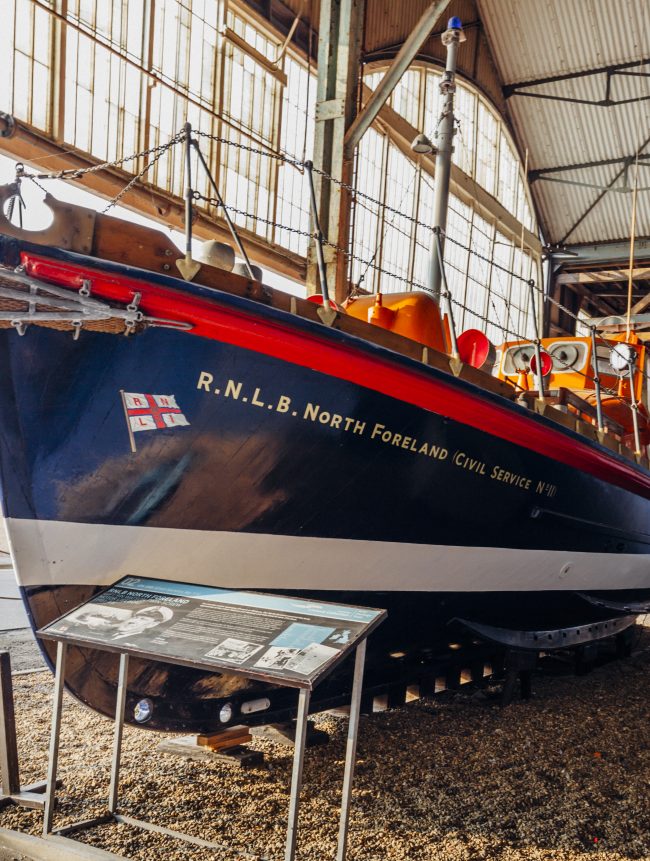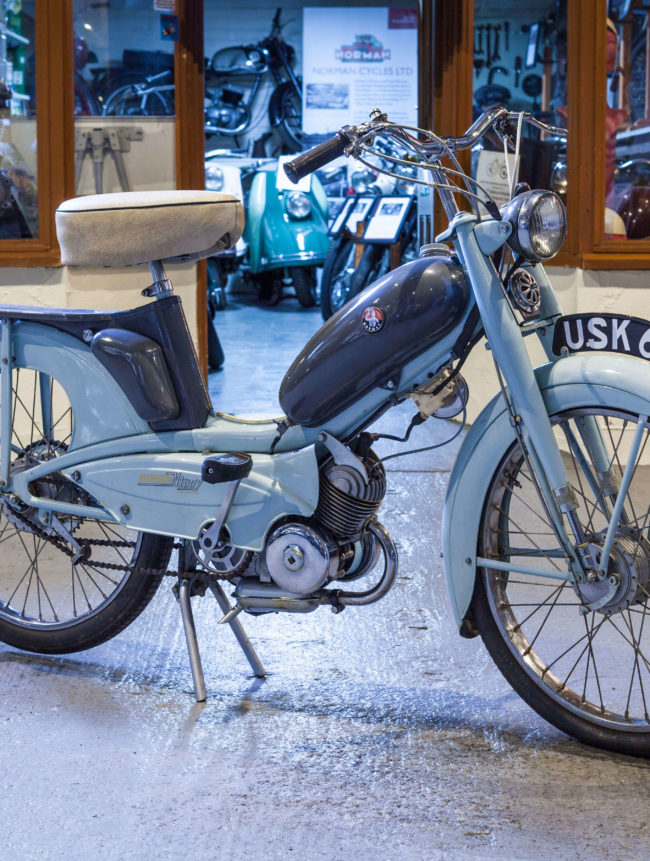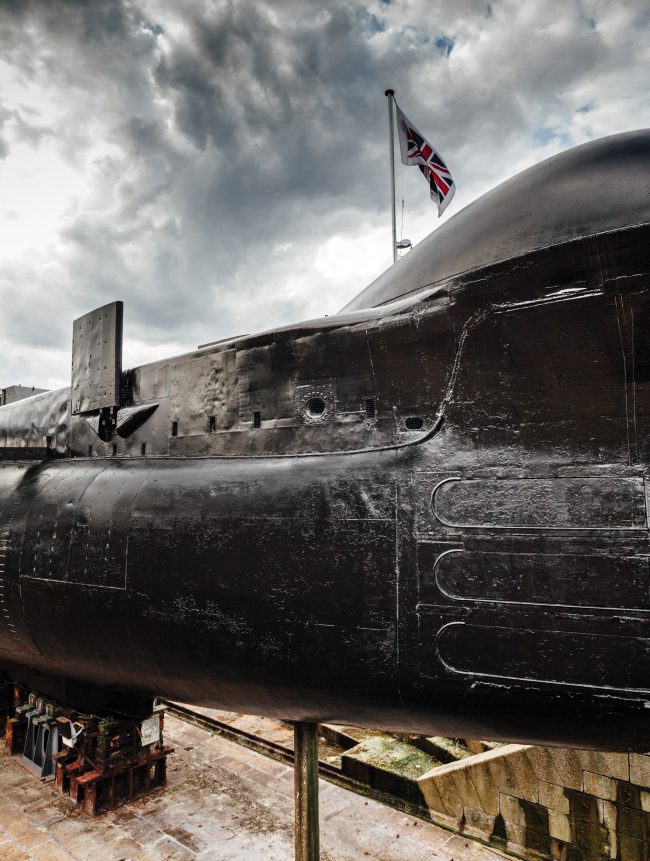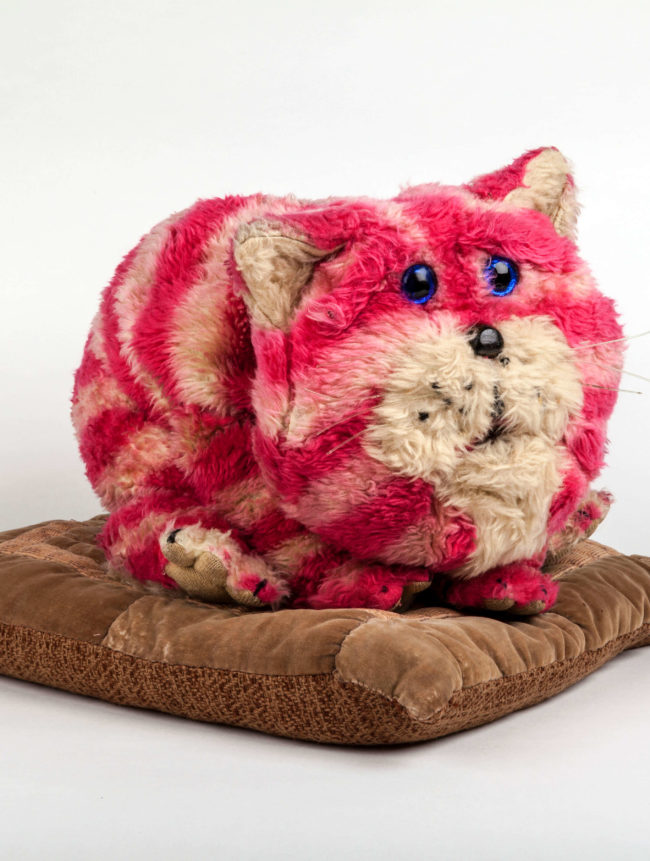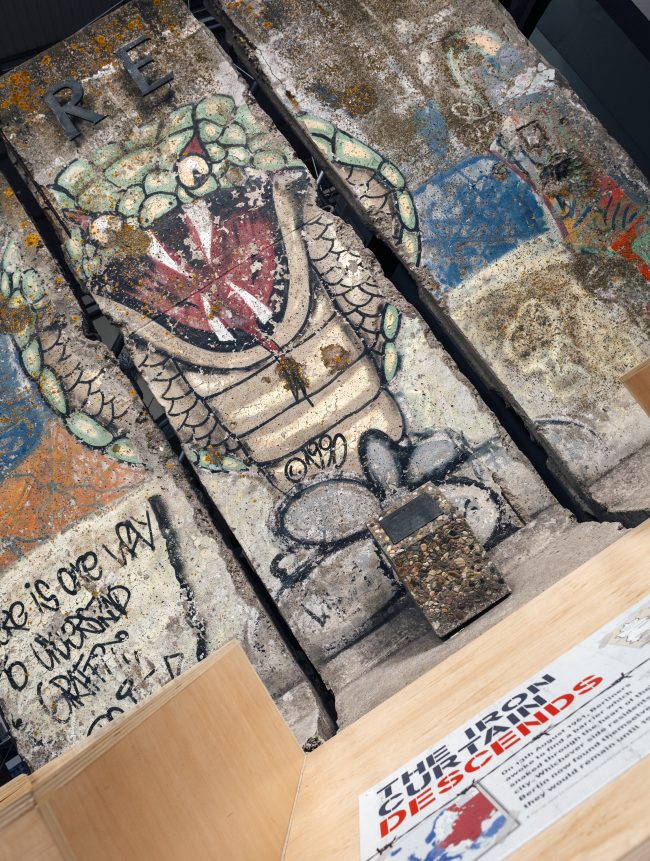About
Rooks are very sociable birds, and you’re not likely to see one on its own. They are most usually seen in flocks in open fields, or feeding in small groups along a roadside. They will come into town parks and villages but largely keep clear of the middle of big towns and cities.
Find out the story of why the Beaney’s Rook in the Red coat is all alone. The Rook in the Red Coat is now on display with a dozen other taxidermy friends including, quite fittingly, a red squirrel and red fox.
Learning
The Beaney’s Colour and Camouflage display showcases a selection of animals, birds, butterflies, rocks and minerals from the natural world, arranged in perfect rainbow-colour order.
Colours in the natural world can be a warning sign or an attraction; a way of standing out or hiding from predators and prey. Included in the rainbow display are examples of butterflies and moths with mimic and camouflage patterns.
The majority of the birds on display come from a collection bequeathed to the museum in 1903 by William Oxenden Hammond (1817-1903) and include very early and rare specimens. The Hammonds were local landowners and bankers. William Oxenden, like his father William Osmund (1790-1863), collected British birds and gave over 500 of their specimens to the museum.
Curriculum Links:
- KS1: Local History, Significant Events, Animals, including Humans, Tolerance
- KS2: Local History, Britain Beyond 1066, Animals, including Humans, Evolution and Inheritance, Reading Comprehension, Writing Composition, Tolerance
- KS3: Local History, Ecosystems, Inheritance
- KS4: Ecosystems, Inheritance


